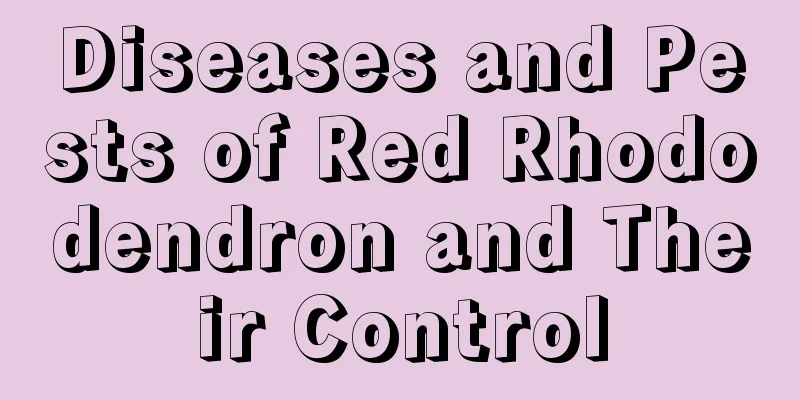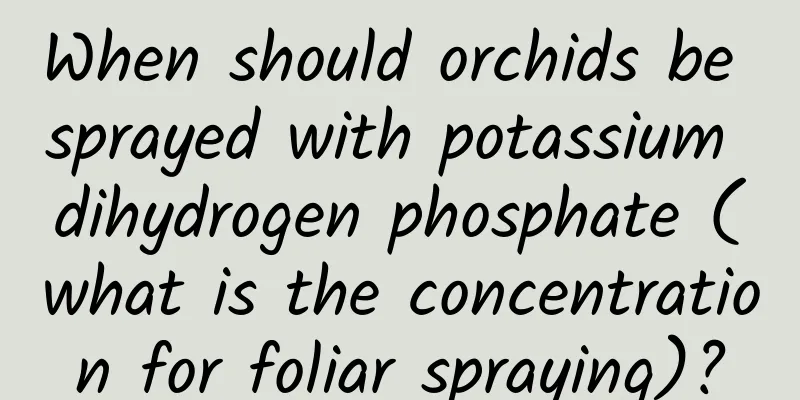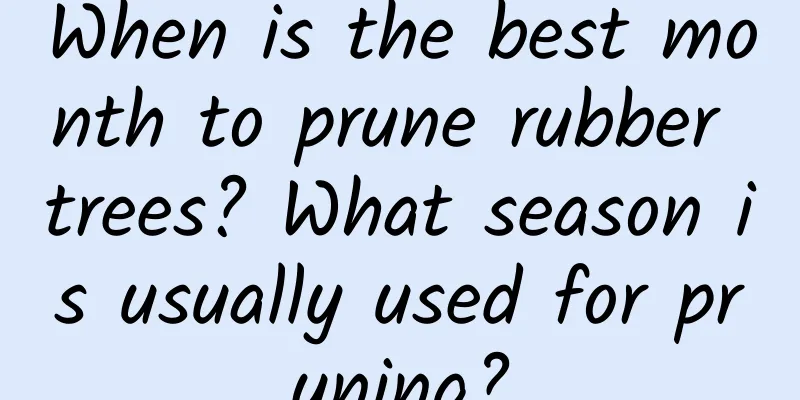Diseases and Pests of Red Rhododendron and Their Control

Diseases and Pests of Red Rhododendron and Their ControlLeaf blightIn the early stage of the disease of red yew, you can spray 600-800 times diluted 25% carbendazim wettable powder, or 600 times diluted 70% mancozeb and other agents. Generally, spray 2-3 times every 15-20 days. Perforation diseaseFor the prevention and control of perforation disease, remove and burn diseased branches and leaves in autumn to reduce the source of infection; strengthen management, increase the application of organic fertilizers and phosphorus and potassium fertilizers, and do a good job in preventing drought and waterlogging, which will help enhance tree vigor and thereby improve the plant's own resistance. Before and after the red yew trees unfold their leaves, especially for seedlings, it is necessary to spray 3-5 degrees Baume lime sulfur mixture, or 500 times diluted 65% mancozeb in time; for the prevention and control of bacterial perforation disease, zinc sulfate lime solution can be sprayed after the leaves unfold. Leaf spotFor the prevention and control of leaf spot disease, it is also necessary to cut off and burn seriously diseased leaves in autumn and winter to reduce the source of infection; control the reasonable distance when planting, not too dense, and prune appropriately to maintain good ventilation and light conditions; avoid wetting the leaves when watering, it is best to do it in the morning on a sunny day; chemical control can be done in the early stage of the disease, spray 75% thiophanate-methyl wettable powder 700-800 times liquid once every 10 days or so. When the disease develops more seriously, you can spray 50% carbendazim 1000 times diluted for prevention and control. aphidFor the prevention and control of aphid pests, you can use 1500 times diluted 20% cypermethrin emulsifiable concentrate for spraying, or apply 1000-1500 times diluted 50% aphidicide emulsifiable concentrate, or 1000 times diluted 80% dichlorvos emulsifiable concentrate for effective prevention and control. |
<<: Diseases and Pests of Apricot Trees and Their Control
>>: Avocado pests and diseases and their control methods
Recommend
What’s wrong with my flowers that always die? It turns out that “half water” is so harmful!
1. Change the flower pot at will People who grow ...
How to judge whether the bird of paradise should be watered? How many days is the normal watering time?
Bird of Paradise is a plant that has high require...
How to prune fragrant wood
When to prune the fragrant wood Generally speakin...
Can walnut shells be used as flower soil? How to process walnut shells for planting flowers
Can walnut shells be used as flower soil? Walnut ...
The difference between snow lotus and hibiscus snow lotus
1. Differences in plants The height of the snow l...
How to water ivy
Ivy watering tips When caring for ivy, it prefers...
Repot your cactus and use this little trick, and it will bloom for 10 years!
When repotting a cactus, our main and most import...
Will Bi Guang Huan look good when she grows up?
What was it like as a child? When I was a child, ...
The efficacy and value of water hyacinth
one. Agricultural value: 1. This plant can accumu...
Related species of King Protea
Sunlight Sunshine is the most famous hybrid varie...
How to trim the smooth sailing flower
When is the best time to prune the smooth sailing...
Does Amaryllis prefer a large or small pot? What kind of pot is suitable?
When choosing a pot for growing Amaryllis, it is ...
How long does it take to market beef cattle?
Generally speaking, the older the cattle are, the...
What flowers are suitable for growing in Xiangfan? What are the city flowers and trees?
1. Climate characteristics of Xiangfan Xiangfan h...
Methods and precautions for propagation of money tree by cuttings
Time for cutting of fortune tree The money tree i...









